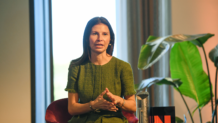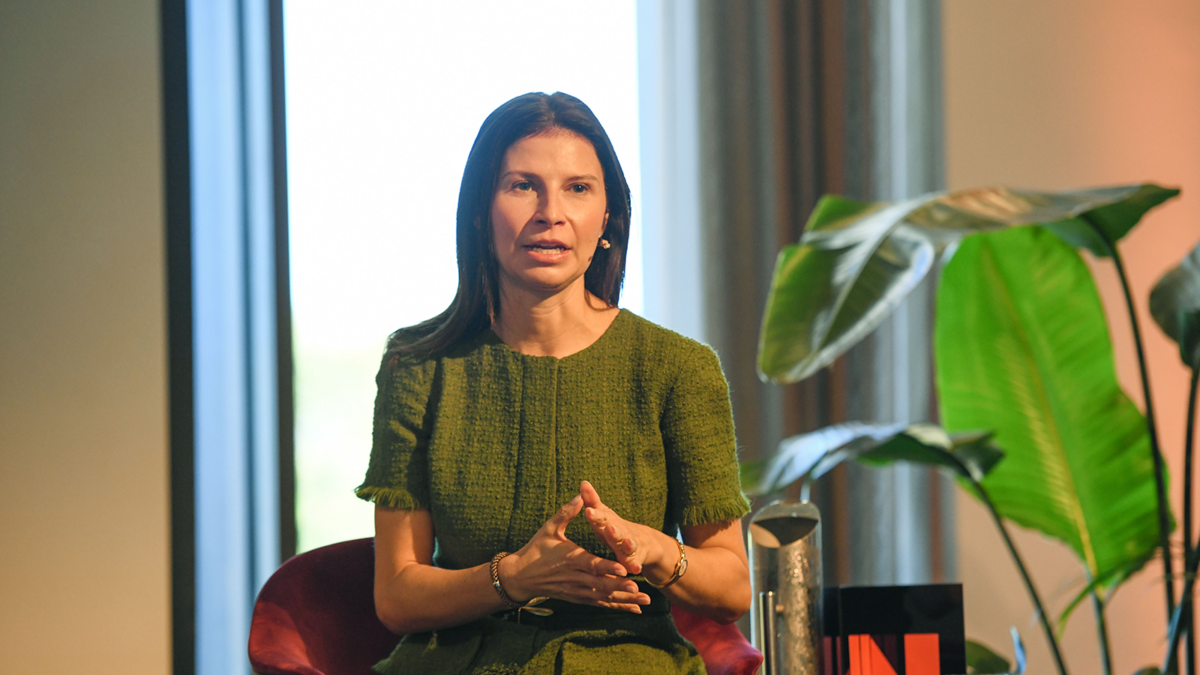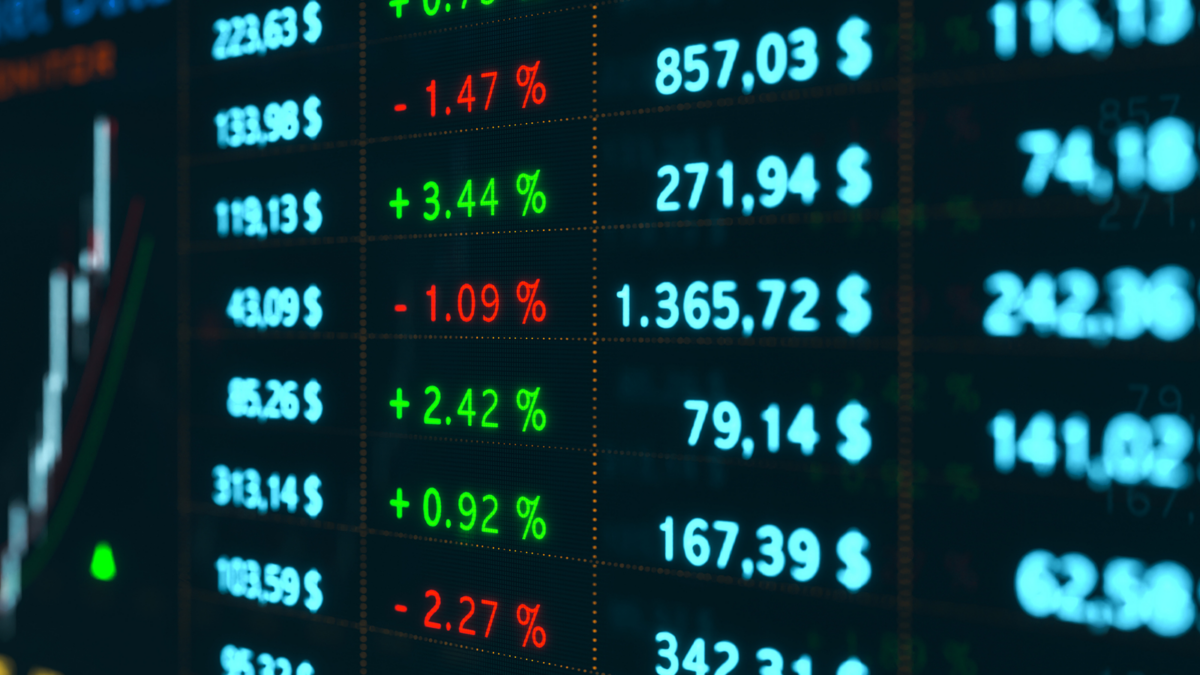No time like the present for senior secured loans: Invesco
Senior secured loans make a fine complement to traditional bonds by providing a high level, stable monthly income from the safest level of the capital structure – and one that rises with interest rates. And there’s no better example than the current environment to demonstrate the benefit they can bring to a portfolio, according to Invesco managing director, head of investment strategy and consulting Ashley O’Connor.
“In the period since December 2021, loans have delivered a consistent positive outcome; seven per cent cumulative with low volatility,” O’Connor told the Inside Network’s Income and Defensive Symposium. “That’s been driven by three key things: the floating rate feature, the senior secured status, and the fact that loans have zero direct exposure to Russia or Ukraine.
“In contrast, all the equity and bond line items… have been negative over that period since the beginning of 2022 and highly volatile. Treasuries were down 15.5 per cent; investment grade was down 12.3 per cent; high yield was down five per cent.”
And while a full year of performance data isn’t yet available for 2023, loans have generated a nine per cent positive return for the eight months to the end of August, with six and a half per cent of that coming from income and two and a half per cent coming from capital return.
“Through the vast majority of periods, this is a very stable, upwardly sloping positive return experience for investors,” O’Connor said. “There’s two key exceptions to that and I won’t shy away from them: in the GFC and Covid. There was very short-lived mark-to-market volatility in the asset class but a very rapid and strong recovery, and that’s testament to the senior secured nature of the asset class.”
If anything, those periods represent what any fall in a solid asset class does to prospective investors, O’Connor said: fantastic buying opportunities. Still, potential investors are wary of the asset class, questioning whether corporates will be able to service their debt in a world of higher rates.
“A great measure of that is earnings divided by interest expense… Where you get concern is when that ratio is one and a half times. Leading into this rising rate environment ratios were 4.1 times,” O’Connor said. “This year they’ve come down but they’re still 3.1 earnings over interest expense – well above that area of concern.”
“But active management is important, and we can be very selective in terms of which deals we actually invest in. We turn down about two thirds of new issuance, and leading into this environment we stress-tested every single corporate within the portfolio for rate rises, inflationary pressures, recessionary risks to make sure they’re well positioned for the environment.”











